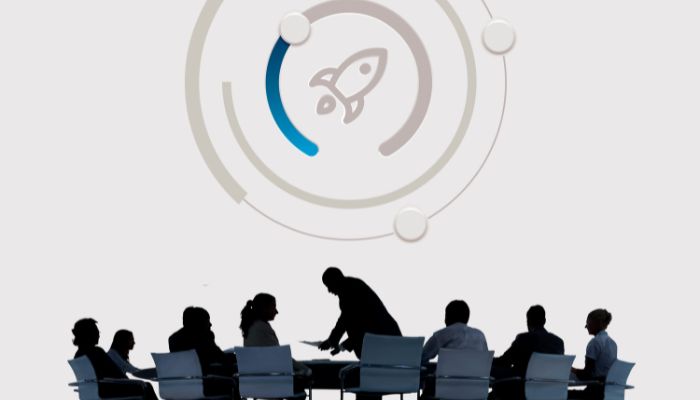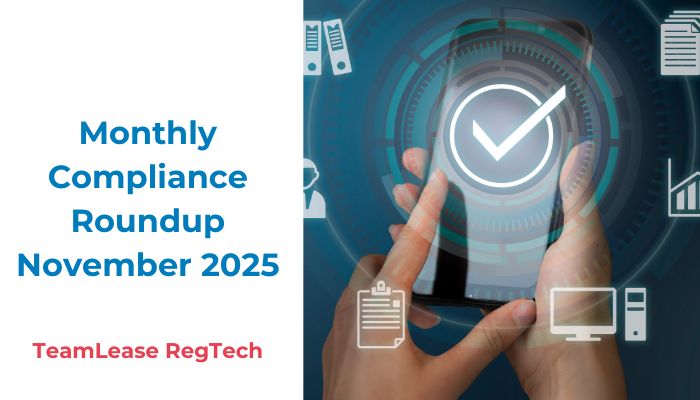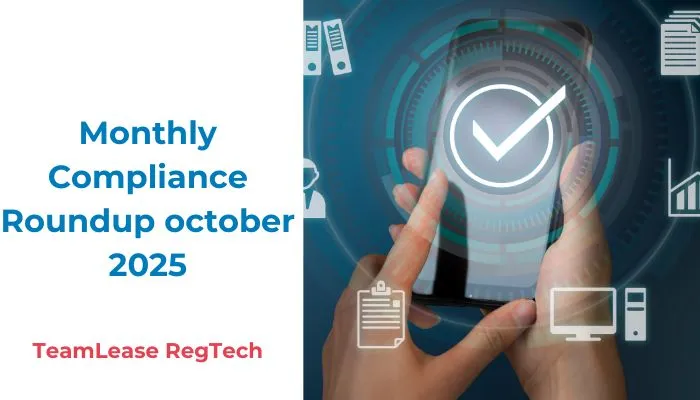Organizational change is not insulated from the realm of macroeconomic changes. In addition to the many shifts in the business environment that an organization is expected to handle all the time, organizational change also deals with extraneous challenges. The latest, and perhaps more emphatic example of a macro-situation bringing about big changes in organizational rigor is the coronavirus pandemic. Many countries are still reeling from it. Not all workers are back at their office desks and it is doubted if many will. This one sweeping change has resulted in a mixed bag of policy changes, day-to-day changes, and experiments that each fared with varying levels of success. It is reasonable to say that some of the organizational change wrought by the pandemic has changed the way people work forever.
For strategists and visionaries, this pandemic is a blip like several others. The turn of the century, the heralding of the digitalization era, and the industrial revolution before that are other examples where organizational change swept up. Workforces around the world adapted to these changes and taught themselves and their successors to expect more of these changes as opposed to complacency and expectations of maintaining the status quo. Some might even go so far as to say if the status quo isn’t being stirred up enough, there’s little progress being made. Jack Welch, former CEO of General Electric expresses it best when he says, “Change before you have to”.
You might also be interested to read: Building A Robust Organizational Resilience
As intensely adaptable human resources, the workforce has the advantage of accepting the concept of constant change. However, the leadership layer should drive this in an impactful and intentional manner. This deliberate method of recognizing the need for change and preparing for it takes the edge off the uncomfortable aspects of inertia-loving human nature.
How organizational change can be less of a bumpy ride
Establish a connection: This has to be done whether or not change is in the air. Teams and managers who have a breezy relationship going, with common shared interests and conversations about topics other than work are able to relate better to each other. This connection becomes the foundation for future working partnerships to form.
Trust: No human can keep on giving. Working at something decidedly is also a process of ongoing give and take. The workforce gets satisfaction and feels ready to tackle any possible fall-outs of change when they are strengthened from inside by trust.
Change audit – It helps to keep an eye out for the need for change. Check with one another what needs to change and where it seems to be flagged so that such needs are addressed early. Important checkpoints here can be putting out feelers (open-ended questions, storytelling sessions, buddy sessions, or ice-breaker sessions) to identify burnout among the workforce. Unchecked, these feelings of negativity can propagate into anxiety, demoralization, or even attrition. Severe psychological and physiological repercussions may also go hand in hand with deteriorating mental health, and therefore, it helps to check for help and prepare the cohort for it in any case.
Unpredictable consequences to even the best-laid plans of organizational change can be caused by humanitarian crises such as that of the coronavirus pandemic. A mere 38% of the general population is readily amenable to change while 62% react to any change with fear and worry about what it holds for their future. This has been postulated by Forbes in a survey of working professionals across the world. An intentional approach to sensitizing employees to the way change works, and helping them contend with it can go a little further in accepting constant change.
References:
- Change Management: Definition, Best Practices & Examples| Smarp| Valène Jouany & Kristina Martic| Apr 16, 2020
- A Futurist’s Guide to Preparing Your Company for Constant Change|Harvard Business Review|April Rinne|September 22, 2021






